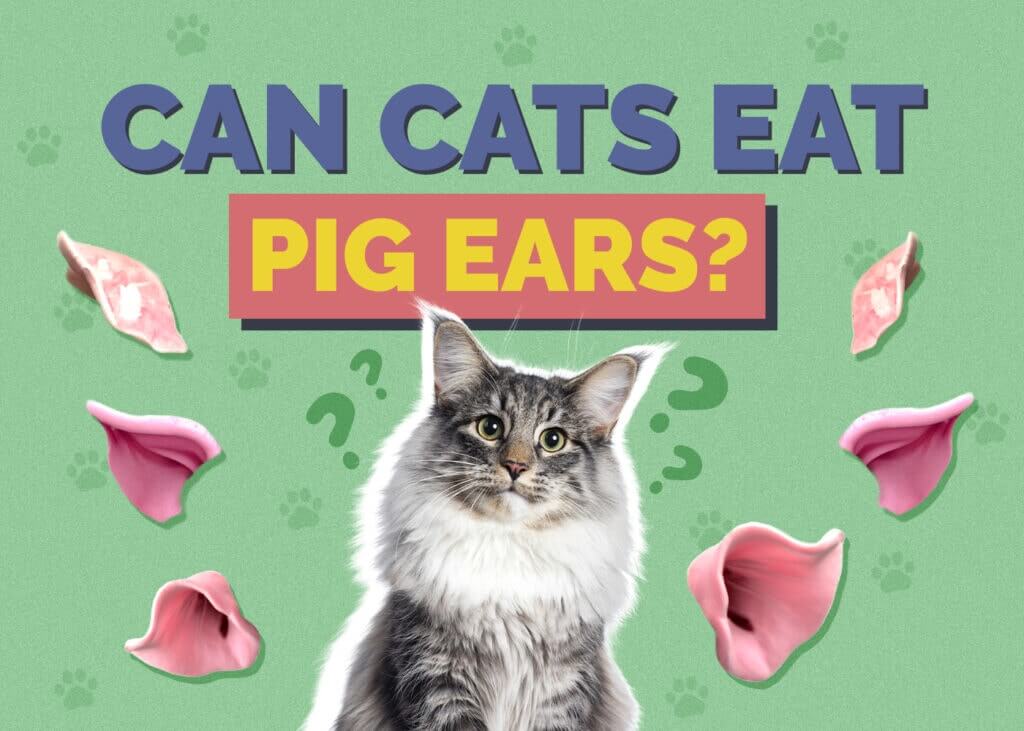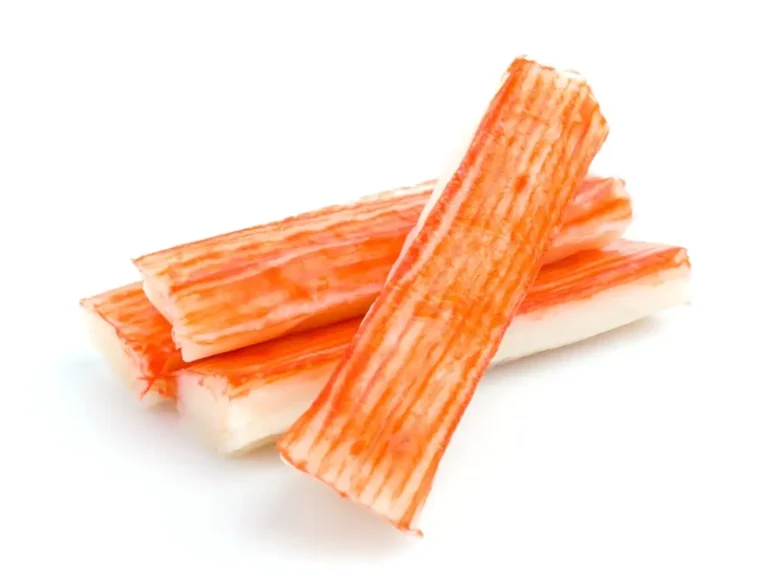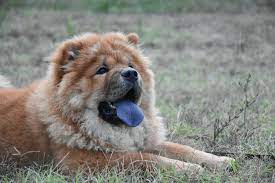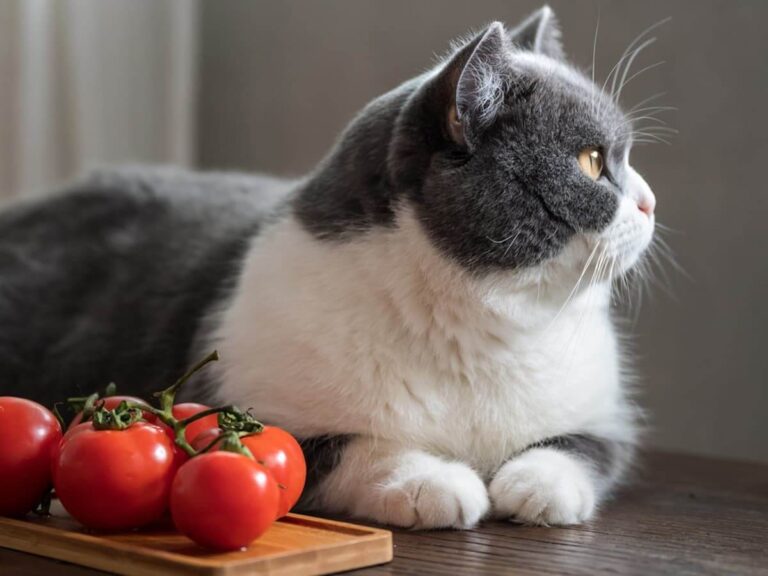Can Cats Eat Pig Ears? A Veterinarian-Backed Guide to Feline Safety and Nutrition
When you look into your cat’s curious eyes, it’s clear—they’re more than just pets. They’re family. And just like any loved one, we want the best for them—especially when it comes to food. But sometimes, those dog treats lying around spark curiosity: Can cats eat pig ears?
Let’s dive into the science, nutrition, and risks behind feeding pig ears to cats, and whether these chewy snacks meant for dogs should ever end up in your feline’s food bowl.
Contents
- 1 🧬 Understanding Feline Nutrition: Obligate Carnivores at Heart
- 2 🍖 What Are Pig Ears Made Of?
- 3 ⚖️ Nutritional Analysis: Are There Any Benefits?
- 4 😿 Risks of Feeding Pig Ears to Cats
- 5 ✅ Safer Alternatives to Pig Ears for Cats
- 6 🧠 Semantic Insight: Why This Matters
- 7 🐈 So, Can Cats Eat Pig Ears?
- 8 🩺 Veterinarian’s Note:
- 9 🙋 FAQs About Cats and Pig Ears
🧬 Understanding Feline Nutrition: Obligate Carnivores at Heart
Cats are obligate carnivores, a biological classification that means they must consume meat to thrive. Unlike omnivores (like dogs or humans), their bodies evolved to process animal protein, not plant-based or heavily processed treats.
Pig ears, while derived from animals, aren’t automatically a safe or species-appropriate snack. Their biochemical composition—especially the high fat content, chewy texture, and potential for bacterial contamination—makes them more hazardous than helpful for felines.
🍖 What Are Pig Ears Made Of?
Pig ears are primarily composed of cartilage, connective tissue, and skin, making them tough and chewy—great for a dog’s powerful jaws and dental health, but not suited for a cat’s delicate dental anatomy.
Common Attributes:
- High in saturated fats
- Rich in animal protein, but not lean
- Often smoked or seasoned for preservation
Rare Attributes (Not Cat-Friendly):
- Long-lasting chew texture
- Potential Salmonella contamination
- Difficult to digest for species with sensitive GI tracts like cats
⚖️ Nutritional Analysis: Are There Any Benefits?
Here’s a breakdown of the macro- and micronutrients in pig ears that may appear beneficial—and where the dangers lie.
| Nutrient | Possible Benefit | Feline Risk |
|---|---|---|
| Protein | Supports muscle maintenance | Less bioavailable than whole meat sources |
| Fat | Supports skin/coat health | Can cause obesity, pancreatitis |
| Zinc & B-Vitamins | Boosts immunity | Found in safer, targeted cat foods |
Pig ears do provide some nutrients, but they’re non-essential and suboptimal sources for cats. Think of them as the hypernym of “snack” in pet nutrition, with lean meats and formulated treats being the hyponyms better suited for felines.
😿 Risks of Feeding Pig Ears to Cats
🦴 1. Choking Hazard & Digestive Blockages
Cats chew using a shearing motion—not gnawing like dogs. Their small jaws and sharp premolars aren’t built for thick cartilage. This makes pig ears a serious choking risk and hard to digest.
🍳 2. High-Fat Content
Pig ears are lipid-dense, and not in a good way. Regular consumption may contribute to:
- Obesity
- Hepatic lipidosis (fatty liver disease)
- Pancreatitis
⚠️ 3. Salmonella and Foodborne Illness
Pig ears—especially raw or smoked varieties—can harbor Salmonella or Listeria monocytogenes, putting both your cat and your household at risk. Symptoms in cats include:
- Lethargy
- Vomiting
- Diarrhea
- Dehydration
❌ 4. Additives, Seasonings, and Preservatives
Many pig ears are processed with flavor enhancers or preservatives not meant for feline metabolism, which can cause toxicity or allergic reactions.
✅ Safer Alternatives to Pig Ears for Cats
Looking for species-appropriate, safe treats? Consider:
- Freeze-dried pork or chicken treats
- Lean, cooked pork (unsalted, unseasoned)
- Commercial treats formulated for feline digestion
- Air-dried rabbit ears (with fur for fiber) — rare but uniquely feline-friendly!
These alternatives meet your cat’s evolutionary dietary requirements while avoiding unnecessary risks.
🧠 Semantic Insight: Why This Matters
From an etymological standpoint, the term “treat” may imply a reward or indulgence. But for cats, what qualifies as a “treat” must also align with their biological necessities. “Pig ear” may be a polysemous term—a delightful chew for one pet, a hazard for another.
🐈 So, Can Cats Eat Pig Ears?
Technically, yes. Practically and ethically? No.
Pig ears aren’t toxic to cats—but they’re inappropriate due to their texture, nutritional profile, and potential contaminants. Your feline friend may lick or nibble, but that doesn’t mean it’s safe or beneficial.
🩺 Veterinarian’s Note:
Before introducing any new food or treat into your cat’s diet—especially unconventional items like pig ears—consult your veterinarian. Every cat is unique, with different tolerances, sensitivities, and needs.
🙋 FAQs About Cats and Pig Ears
1. Can pig ears cause illness in cats?
Yes. They can cause digestive upset, obesity, or bacterial infections like Salmonella.
2. Is pork safe for cats?
Lean, cooked pork with no additives can be safe in moderation. Avoid cured or smoked meats.
3. Can kittens eat pig ears?
No. Their digestive systems are more delicate, and pig ears pose a high choking risk.
4. Why do dogs get pig ears, but not cats?
Dogs have stronger jaws, a different oral structure, and are omnivores. Cats have more sensitive digestive tracts and different chewing behaviors.
🐾 Final Verdict
Pig ears are not a cat treat. While they may seem like an innocent indulgence, their high fat content, unsuitable texture, and risk of bacterial contamination make them a poor choice for felines.
Instead, show your cat love with species-appropriate treats that nourish, not harm. Because true care means feeding them not just what they crave, but what they need to thrive.
- Golden Retriever Pros and Cons: What Every Pet Parent Should Know - 15 September 2025
- Cane Corso Dog Breed: Health, Care, and Lifespan - 14 September 2025
- Catahoula Leopard Dogs: Description, Temperament, Lifespan, & Facts - 21 July 2025







